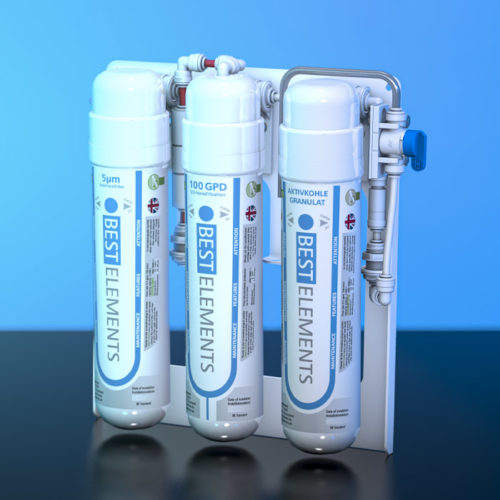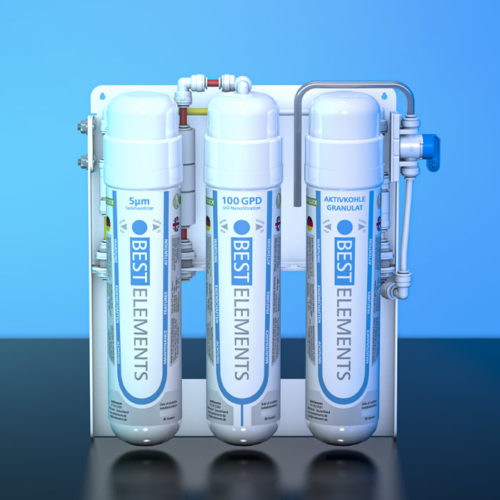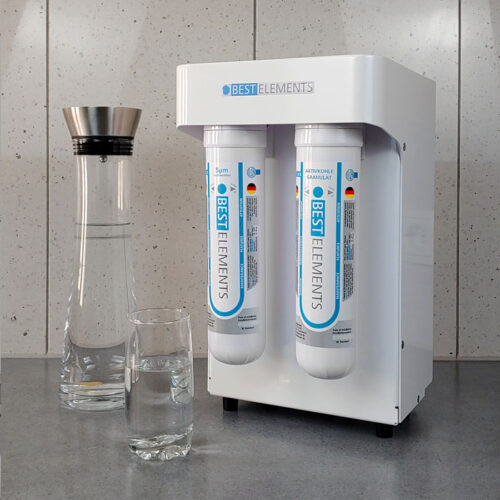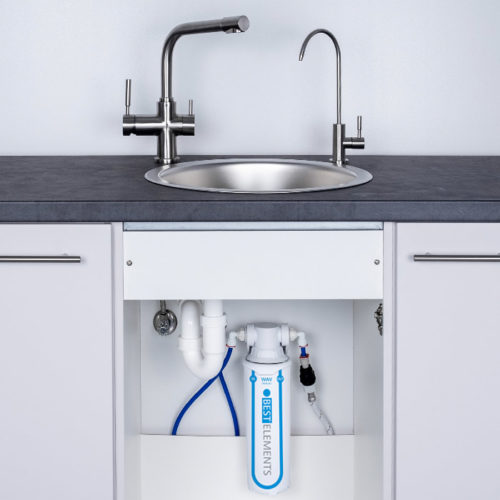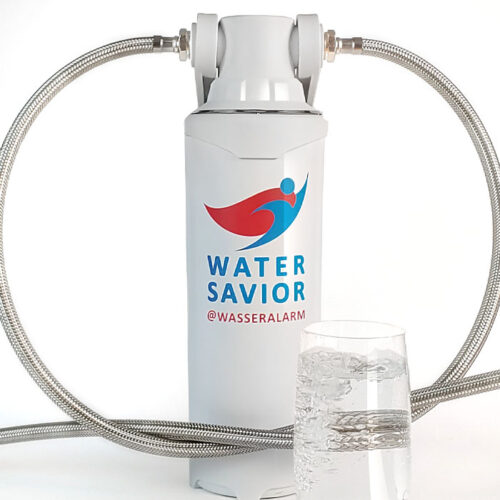In recent months, reports of the contamination of our drinking water with so-called “forever chemicals” such as trifluoroacetic acid (TFA) and PFAS (per- and polyfluoroalkyl substances) have caused a stir. We have reported on this several times under the PFAS section. These substances are particularly concerning because they are extremely persistent and can accumulate in the environment and in the human body.
What are PFAS and TFA?
PFAS is a group of over 4,700 industrially produced chemicals used in numerous everyday products such as pans, textiles, cosmetics, and firefighting foams. They are known for their water, grease, and dirt-repellent properties. TFA (trifluoroacetic acid) is a particularly short-chain PFAS and is often formed as a degradation product of other fluorine-containing chemicals, particularly pesticides and refrigerants. Due to their chemical stability, both PFAS and TFA are extremely persistent and are therefore often referred to as “forever chemicals.”
How do these substances get into drinking water?
TFA and other PFAS enter our environment through various routes:
- Agriculture: The use of PFAS-containing pesticides results in residues seeping into the soil and ultimately into groundwater.
- Industry: Wastewater from the production of fluorinated chemicals can contain PFAS, which are discharged into rivers and lakes.
- Atmosphere: Volatile PFAS can enter the air and return to the earth via rain, transporting them to remote areas.
A report by PAN Europe indicates that TFA enters water primarily via PFAS pesticides.
Health risks from PFAS and TFA
Although the exact health effects of TFAs are not yet fully understood, there is evidence that PFAS are linked to various health problems, including:
- Cancer: Some PFAS are suspected carcinogens. (Wikipedia)
- Hormonal disruption: PFAS can affect the hormonal system and lead to reproductive problems.
- Immune system: There is evidence that PFAS can impair the immune response.
Current studies and measurements
A study by Global 2000 shows that 79% of the water samples tested contained TFA concentrations exceeding the limit for PFAS proposed by the EU Drinking Water Directive. Particularly alarming is that over 98% of the detected PFAS contamination is attributable to TFA.
A “map of eternal pollution” shows regions in Europe with PFAS contamination
At the beginning of 2023, the Forever Pollution Project published alarming data at foreverpollution.eu/map/: Across Europe, nearly 23,000 locations were identified where contamination with so-called “forever chemicals” – PFAS – had been detected. In addition, joint research by 16 European media outlets revealed that there are over 21,500 additional suspected sites where PFAS contamination is likely due to past or current industrial use. The results clearly demonstrate that the prevalence of these persistent and problematic chemicals is increasing across Europe.

How can you protect yourself?
Given the increasing contamination of drinking water with PFAS and TFA, it is important to take measures to protect one’s own health.
BestElements reverse osmosis water filter – Made in Germany
BestElements’ reverse osmosis technology offers an effective solution for removing PFAS, including TFA, from drinking water. The fine membrane filters even the smallest particles and molecules from the water, achieving a high level of purity. These filters remove not only PFAS, but also other contaminants such as drug residues, heavy metals, pesticides, microplastics, and many other contaminants. The “Made in Germany” quality stands for the highest standards of workmanship and performance.

